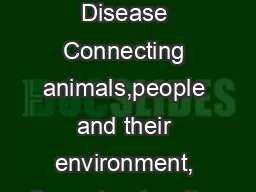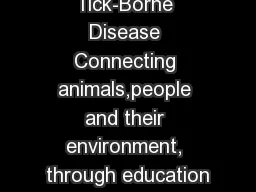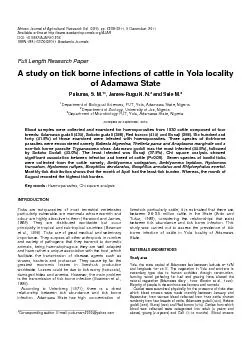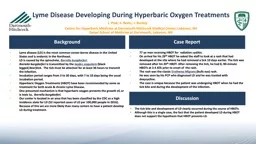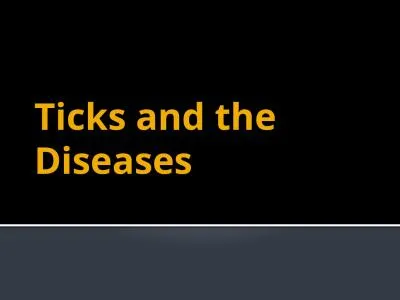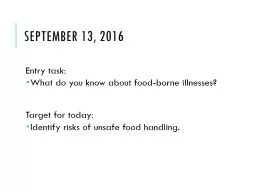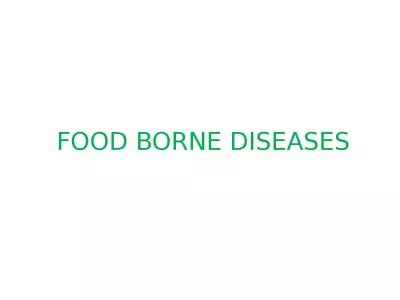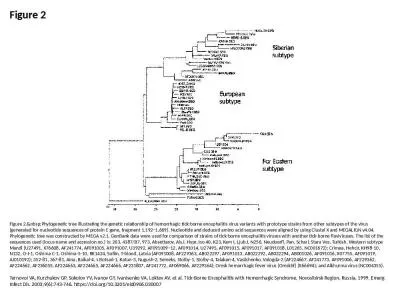PPT-Tick-Borne Disease Connecting animals,people and their environment, through education
Author : mitsue-stanley | Published Date : 2019-11-09
TickBorne Disease Connecting animalspeople and their environment through education What is a zoonotic disease an animal disease that can be transmitted to humans
Presentation Embed Code
Download Presentation
Download Presentation The PPT/PDF document "Tick-Borne Disease Connecting animals,pe..." is the property of its rightful owner. Permission is granted to download and print the materials on this website for personal, non-commercial use only, and to display it on your personal computer provided you do not modify the materials and that you retain all copyright notices contained in the materials. By downloading content from our website, you accept the terms of this agreement.
Tick-Borne Disease Connecting animals,people and their environment, through education: Transcript
Download Rules Of Document
"Tick-Borne Disease Connecting animals,people and their environment, through education"The content belongs to its owner. You may download and print it for personal use, without modification, and keep all copyright notices. By downloading, you agree to these terms.
Related Documents

